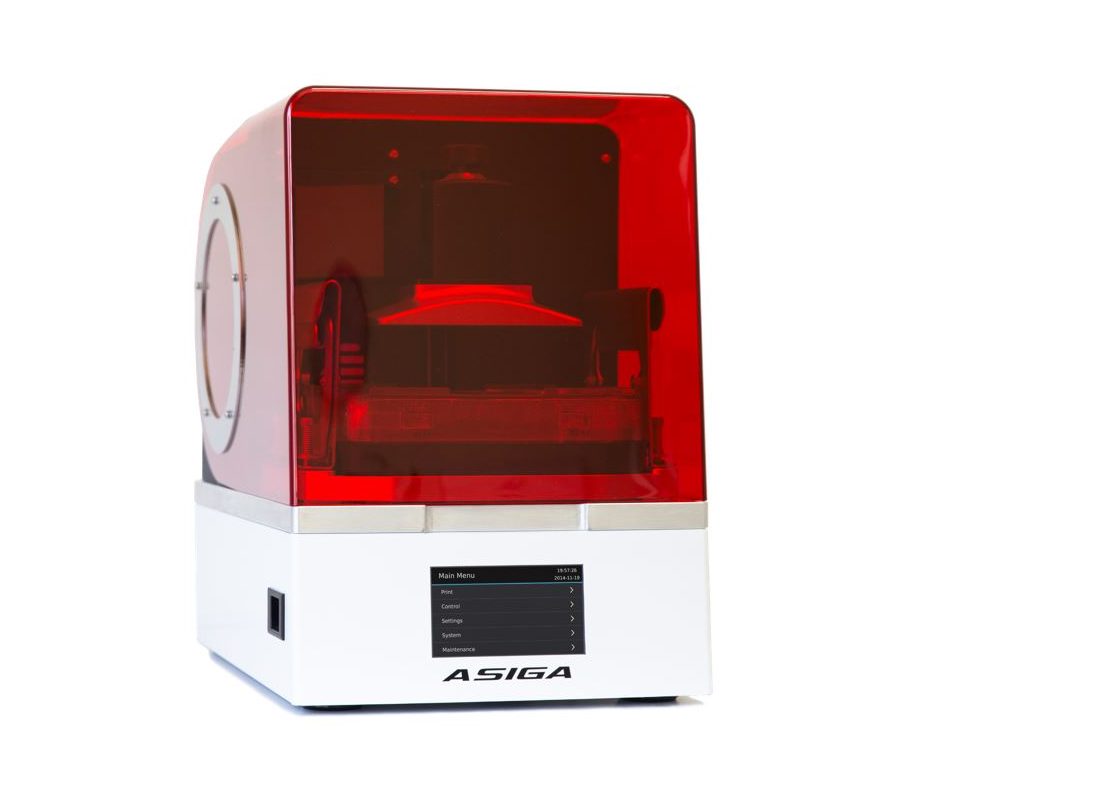Open material 3D-printer improves testing
As an accredited test facility, NIOM maintain a comprehensive instrument park.
While surveying the market, it quickly became clear that an open material system 3D-printer would add many benefits.
-We are very pleased with our choice. It has, among other things, printed parts for our New mechanical masticator, a device designed by our engineers and toolmakers for the evaluation of wear, Dr. Kopperud says.

3D-printing techniques and possibilities were among the main features at this year’s IDS trade fair in Cologne. These printers open up exciting new fields of research, treatment and testing, making them a natural acquisition for NIOM’s instrument park.
– We saw that a 3D-printer will add speed and predictability to our production of test specimens, says Dr. Hilde M. Kopperud, Head of Laboratory at NIOM.
Among other things, a 3D-printer would enable NIOMs personnel to prepare printable resin specimens in-house, in addition to using traditional preparation techniques. The printer would also open up new possibilities in test design, especially within the areas of research and development.
The Asiga Max UV
– After surveying the market, we ended up choosing the Asiga MAX UV 3D printer, Dr. Kopperud says.
Asiga MAX UV 385 nm is a DLP (digital light processing) printer and can operate at variable increments in the Z resolution down to 1-µm adjustments. Combined with a pixel resolution of 62 µm, a high accuracy of every print is ensured.
– For us that means that we can easily achieve the high surface quality, and precision, that is needed for dental specimens, Dr. Kopperud says.
Open material
The Asiga MAX UV is an open material system 3D-printer. This means it is able to print material from many different manufacturers, of both dental and non-dental materials.
The selection of materials available for printing is vast, and growing. It includes temporary restorative materials and dentures, models and auxiliary materials, as well as waxes for investments and casting.
NIOM Newsletter August 2019
